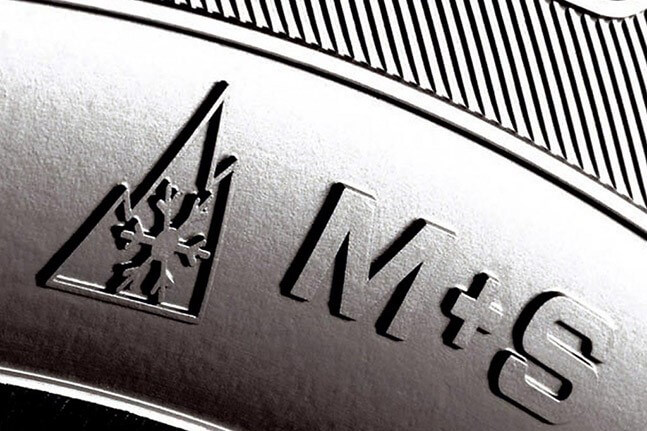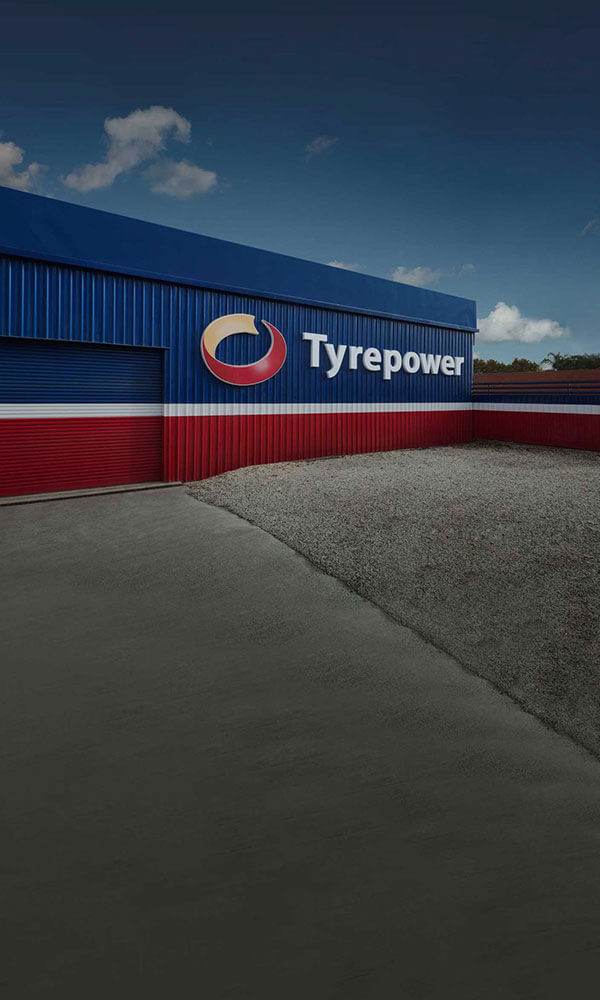Preparing for winter and choosing the right tyre for your vehicle
As the mercury drops and a warm coffee is the only way to get going on a frosty morning, it’s important to give our tyres some thought. While we all had a great summer out on the roads, it’s that time of year to check our tyres condition and prepare or replace for winter.

Winter driving is demanding, especially on your tyres! Maximum tread depth is required for control, braking and above all safety.
Most vehicles when they leave the factory floor are fitted with ‘all-season’ tyres. All seasons are a great combination of all the key features for both winter and summer driving conditions.
The rubber or compound of your tyres during the colder months stiffens and in turn are less effective at gripping road surfaces.
When choosing to replace your tyres for winter. It might seem like the most affordable solution is to switch up your front tyres for better handling but this can be quite dangerous as you lose your power source in your rear tyres. So, it’s best to change all 4 tyres when approaching colder times.
Know your climate!
You should by now have a good understanding of the kind of driving conditions you are in for when winter rolls around. For Melbourne, its cold, wet with some frost and ice but for the northern cities like Brisbane and Darwin, its typically mild and dry during winter.
You may also be driving to and from the snow this year on weekends or live in higher altitude’s and experience more snow drifts over the roads than that of lower lying areas.
The Great Alpine road is a great example. It’s very unpredictable through winter and a good winter tyre is worth the money.

An all-season tyre would best suit the southern Australian climate were as northern Queensland and Western Australia could run a summer tyre for most of the year with no problems.
Summer tyres work best in driving conditions warmer than 7 Degrees C.
But what’s the difference?
There are a few distinguishing features when it comes to summer and winter tyres so let’s break them down beginning with Winter.
The most fundamental differences are tyre compound, tread pattern and the structure makeup of the winter tyre.
- Winter tyres have a much more resilient tyre compound to stay soft even in freezing conditions. The softer the tyre is the more the tyre is able to bond with the road surfaces and improving grip and handling. It’s said that winter tyres perform best in temperatures below 7 degrees C.
- Winter tyre tread patterns are made up of tiny little grooves called sipes. These tread blocks work to disperse water rapidly to prevent the vehicle from aquaplaning. They also bite into snow and ice which provides exceptional grip over any other tyre in colder harsh conditions.
- Winter tyres typically have deeper tread patterns allowing space for snow to build up as the tyre rolls forward. Its proven that nothing grips snow better than snow and these larger grooves allow for a good amount of snow build up, adding to your vehicles traction on snowy and icy roads.
You can also look out for the little symbol that identifies a winter tyre. Look for this image including a mountain / snowflake on the sidewall of the tyre to determine whether or not it is intended for winter and snow conditions.

Ok, so what about our Summer tyres? Are they going to be any good through winter?
Summer tyres have proven to provide better all-round performance in the warmer months due to a relatively hard compound. This harder compound softens in summer allowing to adapt to dry and wet roads. A summer tyre in winter is generally too hard for use in snow and ice.
- Summer tyre patterns have less sipes but specially designed central gutters allowing for more dispersion of water as to prevent aquaplaning. This design feature provides optimum grip in warm temps ensuring lots of grip on wet and dry roads.
- The harder stiffer compound of summer tyres is able to adapt to much higher temps without going soft. Summer tyres have less friction and therefore are more fuel efficient.
- Braking on summer tyres is helped largely due to the tyre blocks that make up the large footprint. They also last much longer in warmer conditions than a winter or 3 season tyres./li>
So, what’s best for me?
Its best to know your conditions and climate. If you live in the alpine regions, you might want to switch your tyres out to winter tyres from June – September. But if you’re like most Australians and are after a good all-round tyre for all types of conditions an ‘all-season’ tyre is a safe and affordable option for all year driving in Australia.

Kogarah Tyrepower has a great range of both winter, summer and all-season, 3 season tyres to fit just about every make and model. Come in today and talk to one of our expert staff about the best solution tyre for your situation.
Or simply call us on (02) 9587 3366


